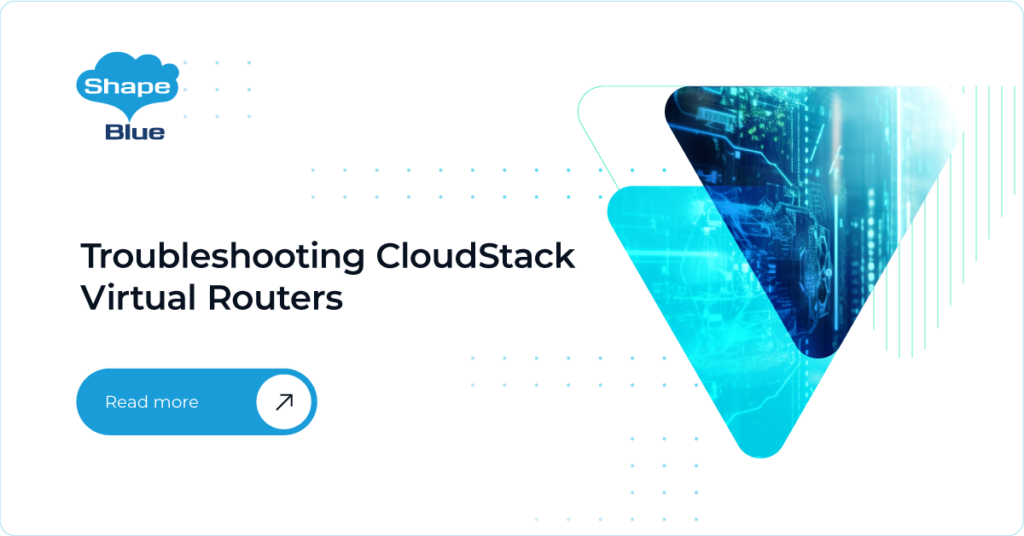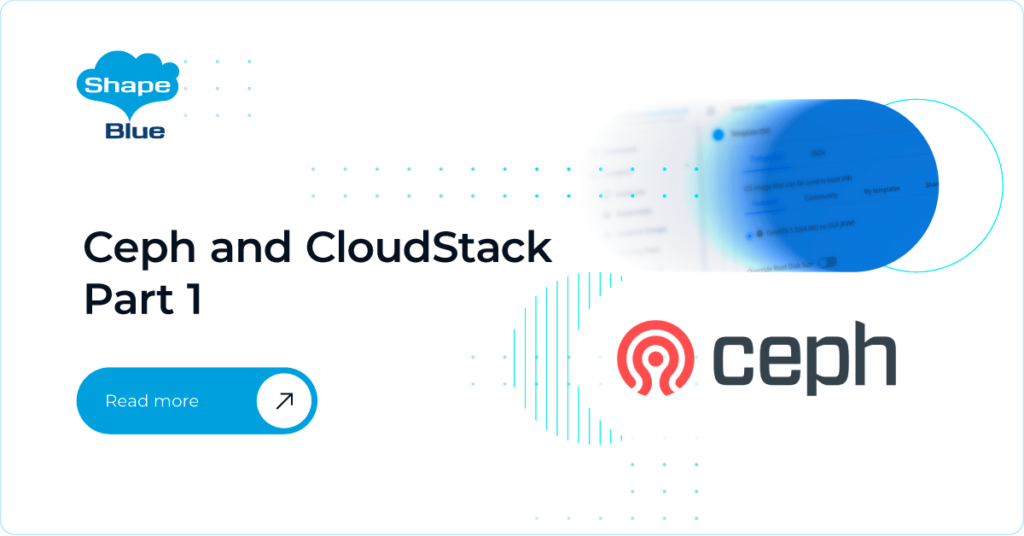How-to-Guide: Migrating to Apache CloudStack from Rovius/CloudPlatform

In recent years, we’ve seen many companies upgrading from Accelerite Cloud Platform (Rovius) and its predecessor Citrix CloudPlatform (which were both single-vendor, commercial products based on Apache CloudStack) to Apache CloudStack itself. Some of the drivers behind their decision are the product stability that a large, global open-source community brings to avoid vendor lock-in and […]
State of the Hypervisor Market

In the ever-evolving realm of virtualization, hypervisors are a fundamental technology enabling the management of virtual machines. The choice of the underlying hypervisor for CloudStack-based clouds is one of the most important architectural decisions to make, impacting everything from resource utilisation to IT budgeting and the ability to adapt to future technological shifts. Unlike other […]
How to Choose a Cloud Management Platform

As more and more companies build internal private clouds or enter the service provider market with public clouds, the more they will need the right set of tools to successfully build, manage and scale their Infrastructure as a Service (IaaS) platform. However – choosing the right technology stack can be a difficult decision. There are […]
Customising the CloudStack UI

A lot of work has gone into the CloudStack UI recently, and it is now a modern, role-based UI that not only gives a fresh look to CloudStack but also makes development and customisation much easier. In this blog, I provide guidance on how to customise the UI, and have classified customisation into two categories […]
Apache CloudStack on RaspberryPi4 with KVM

IoTs have gained interest over recent times. In this article, Rohit Yadav, Principal Engineer at ShapeBlue, explores and shares his personal experience of setting up an Apache CloudStack based IaaS cloud on Raspberry Pi4, a popular single-board ARM64 IoT computer that can run GNU/Linux kernel with KVM. The article presents the use case of Apache […]
Specify VR IP in Shared Networks | CloudStack Feature First Look

If you are a system engineer managing shared networks and deploying virtual machines with CloudStack, you should be aware that currently there is no option to assign a specific IP address for the Virtual Router. The router is assigned the first free IP address. For many engineers, this might be annoying, as you are not […]
Ceph and CloudStack – Part 3

Introduction In the previous two parts of this article series, we have covered the complete Ceph installation process and implemented Ceph as an additional Primary Storage in CloudStack. In this final part, I will show you some examples of working with RBD images, and will cover some Ceph specifics, both in general and related to […]
Troubleshooting CloudStack Virtual Routers

Cloudstack’s multi-tenant virtualised networking model is one of its strongest features. Abstracting complex networking concepts and allowing simple UI/API configuration of networks is something loved by users of Cloudstack clouds. But, as an operator/administrator of a Cloudstack cloud you’ll almost certainly have had to troubleshoot network problems – and that means troubleshooting CloudStack’s Virtual Routers […]
Ceph and CloudStack – Part 2

In the previous article we covered some basics around Ceph and deployed a working Ceph cluster. In this article, we are going to finish the Ceph configuration needed for CloudStack and add it as a new Primary Storage pool. We are also going to deploy Ceph volumes via CloudStack and examine them. Finally, in part […]
Ceph and CloudStack – Part 1

As well as NFS and various block storage solutions for Primary Storage, CloudStack has supported Ceph with KVM for a number of years now. Thanks to some great Ceph users in the community lots of previously missing CloudStack storage features have been implemented for Ceph (and lots of bugs squashed), making it the perfect choice for […]



